Treadmills can build bone density, but ellipticals reduce pressure on your joints
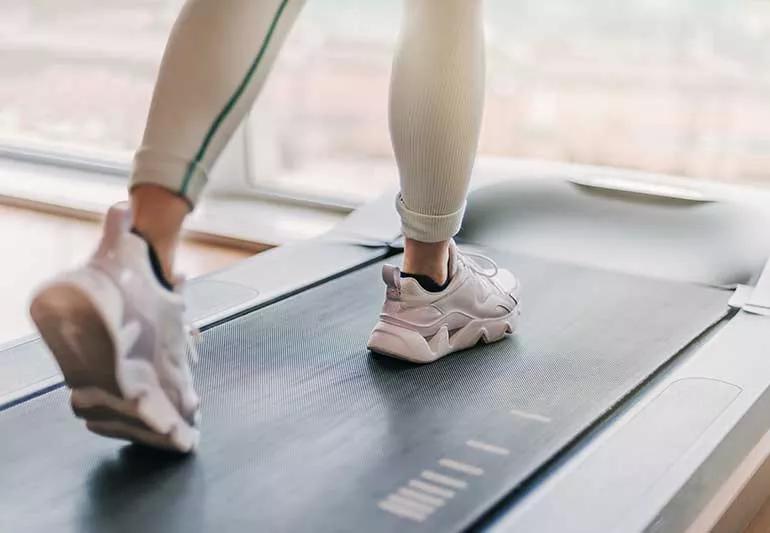
Looking to round out your home with the right exercise machine to punch up your workout routine? Or maybe you joined a new gym and aren’t really sure which of those contraptions you should be hopping onto first.
Advertisement
Cleveland Clinic is a non-profit academic medical center. Advertising on our site helps support our mission. We do not endorse non-Cleveland Clinic products or services. Policy
The great treadmill vs. elliptical debate is a long-standing question. They’re two of the most popular kinds of exercise machines around. When you want to up your cardio game, is there a reason to opt for one over the other?
Both treadmills and ellipticals offer many of the same exercise benefits. Your fitness goals and your physical condition can help guide you when choosing which is more appropriate for you.
Exercise physiologist Katie Lawton, MEd, shares here some considerations to help you decide which machine could be the better option for you.
A treadmill most closely approximates walking or running outdoors but takes the traffic concerns, potholes and weather conditions out of the equation. It’s pretty standard fare for home gyms and local workout facilities.
Treadmill machines use a motor that controls a belt that you run or walk on. You can adjust the speed of the belt to pick up the pace or slow your roll. You can also change the angle of the platform to simulate walking, jogging, navigating trails or all-out sprinting uphill for a more intense session. There are even self-propelling treadmills, and ones that are curved that claim to allow for a more natural and proper running gait.
Advertisement
“Treadmills can be a good choice for people who want to build bone density,” Lawton says. “The impact of your feet while running or walking helps stimulate bone growth, which is especially important if you have osteoporosis.”
Treadmills can also be a safe option for people looking for a controlled exercise. That can be particularly helpful if you’re recovering from an injury. You don’t want to be walking outside and realize that you won’t be able to make it back home.
People who choose to run on a treadmill should be conscientious about keeping good form to avoid injury.
A treadmill offers a moderately cushioned flat surface to run or walk on. But on an elliptical machine, your feet are positioned on pedals, about shoulder-width apart. You move your feet in a circular or oblong shape, more similar to riding a bike, but while standing.
Ellipticals also have handles that you hold in either hand, moving your arms toward and away from your body as you move your feet, so you work more muscle groups than on a treadmill.
Using an elliptical can reduce pressure on your joints compared to using a treadmill. The lack of impact is beneficial for some people.
“Joint protection is why many healthcare providers recommend ellipticals over treadmills when reintroducing exercise, especially after injury or surgery,” Lawton says.
If you feel tingling in your feet while using the elliptical, which is a common complaint, you can try pedaling backward. If it persists, you may want to consult a medical provider.
When it comes down to it, getting your heart pumping with a good cardiovascular workout is good for you. The most important considerations are your workout goals and your body’s response to your routine, Lawton states.
Advertisement
Consider this breakdown to help you choose:
| Ease of Use | Impact on Joints | Other Considerations | |
|---|---|---|---|
| Treadmill | Very easy. | Low to moderate. | Good for bone growth and bone density. |
| Elliptical | Easy. | Low. | Good for joint protection. |
| Ease of Use | |||
| Treadmill | |||
| Impact on Joints | |||
| Very easy. | |||
| Other Considerations | |||
| Low to moderate. | |||
| Good for bone growth and bone density. | |||
| Elliptical | |||
| Impact on Joints | |||
| Easy. | |||
| Other Considerations | |||
| Low. | |||
| Good for joint protection. |
If both an elliptical and a treadmill will work for your health status and your goals, Lawton says you don’t have to choose one over the other. Alternating between the two machines can add some appealing variety to your routine and help minimize the risk of overuse injury.
“No matter your cardio machine of choice, cross-training can help with the boredom that can come from consistently using one machine,” Lawton notes. “You can round out your routine with other cardio work, too, like swimming, biking, rowing, stair-climbing or SkiErg machines. In the end, performing in some form of cardiovascular exercise is important for heart health, so I encourage everyone to try different methods and see what works best for them.”
Don’t forget to keep up with stretches and weight training, too, for maximum effect.
For your optimal heart health, Lawton suggests aiming for 150 minutes per week of moderate-intensity activity. That’s roughly 30 minutes of exercise, five days a week. You should sustain the intensity for at least 10 minutes per workout to get the most benefit from your effort.
Start slowly with 10 minutes on either a treadmill or elliptical. Incremental wins help you build endurance, as well as your confidence. Gently push yourself by increasing the speed and resistance of your machine.
Advertisement
Lawton also recommends checking with your medical provider before starting an exercise routine. They’ll be able to advise you on the best equipment and plan for your health status and your goals.
Advertisement
Learn more about our editorial process.
Advertisement
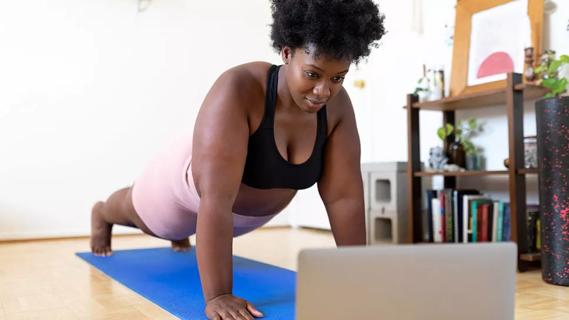
The exercise — which you’ve probably been doing since grade school — can be intimidating, but proper form can help
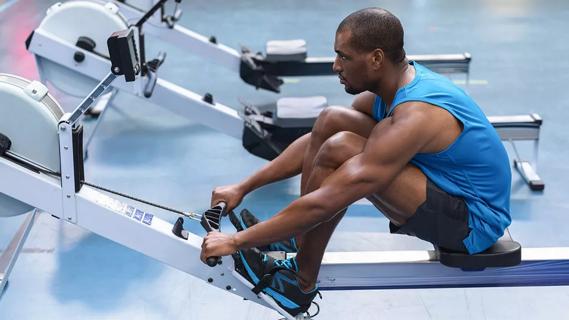
Exercise lowers risk for heart conditions, improves mental health and reduces visceral fat that can compromise your organs
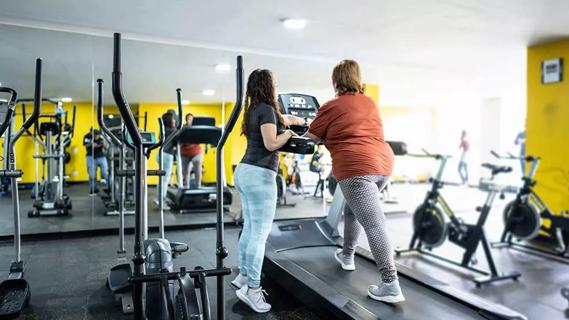
Ask questions, get referrals and consider if someone is a good fit for you and your fitness goals
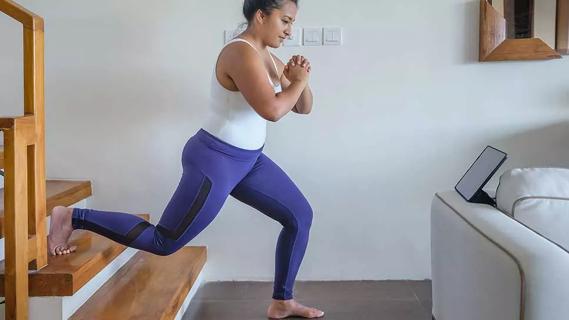
Expect a few bumps in the road, work out for the right reasons and give yourself some credit
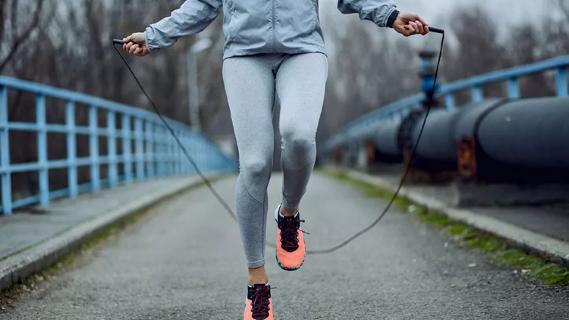
Jump into the swing of things to improve your coordination, burn calories and get your heart rate going

Walking with a weighted backpack is a low-impact, full-body workout that’s growing in popularity
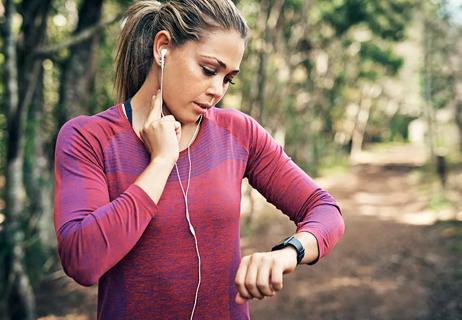
A super high heart rate means you’re burning more than fat
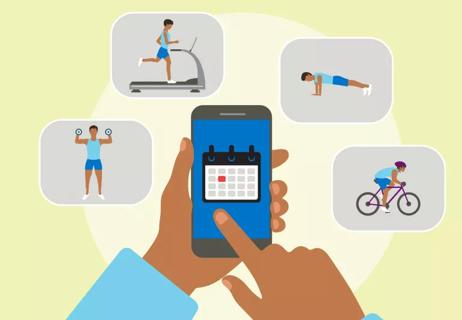
Meet your workout goals by accounting for frequency, intensity, time and type

Type 2 diabetes isn’t inevitable with these dietary changes

Applying a hot or cold compress can help with pain